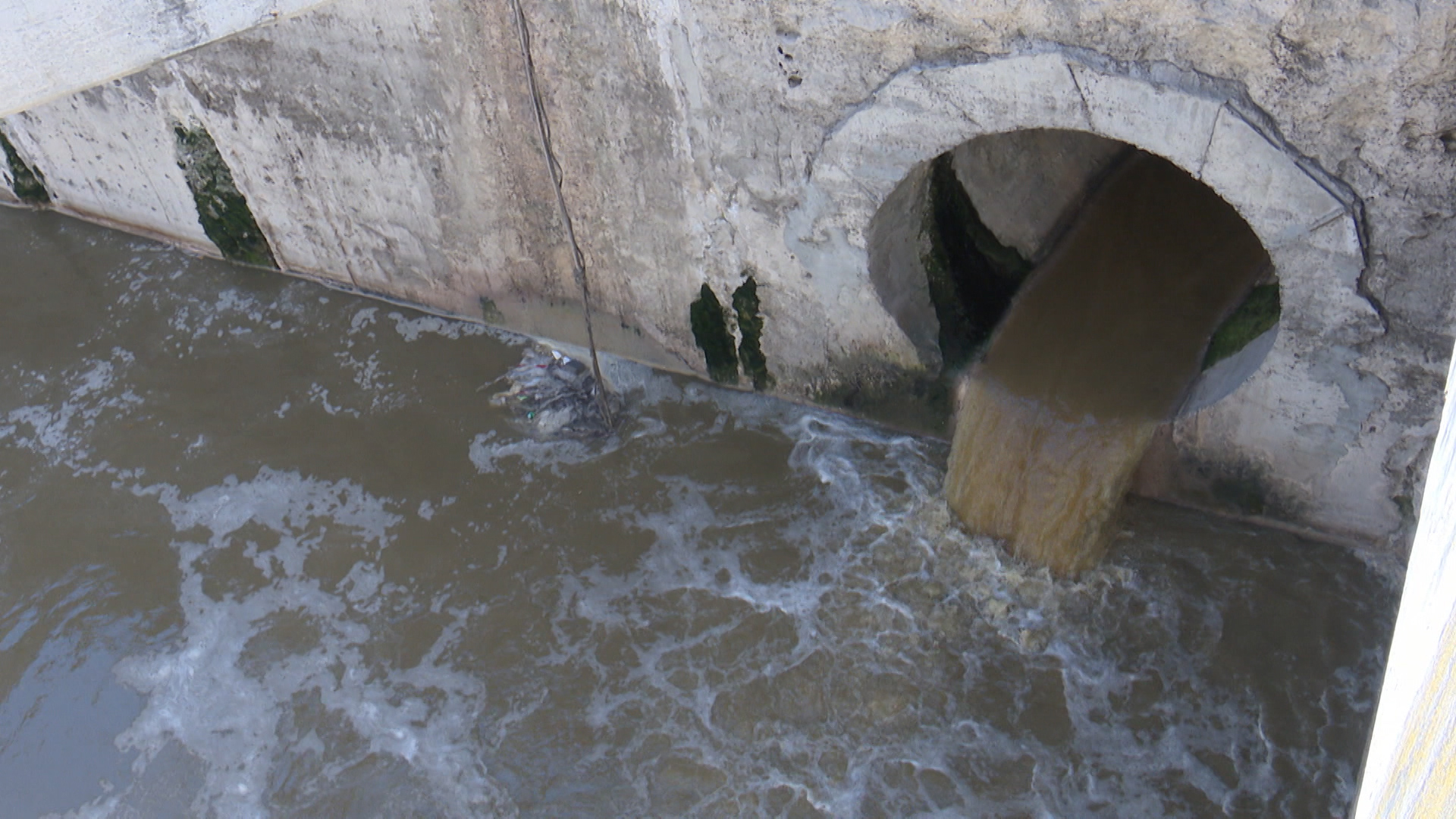
It’s easy to take water for granted. However, clean, potable water is not always a given—less than 1% of the world’s freshwater is easily accessible to humans, and increasing water pollution threatens to make it even less accessible in the foreseeable future. Wastewater presents a genuine risk to much of the world’s population, as well as to the environment that people depend on. Proper industrial wastewater treatment, along with preventative measures elsewhere, will prove vital to the livelihood of future generations.
Where Wastewater Comes From
Wastewater is broadly defined as any water that has been used by humans. Much of it comes from industrial processes—nearly any manufacturing involves water in some fashion, such as direct use as input material, processing other materials or use in maintaining industrial equipment, and this water usage totals billions of gallons a day. Outside of industrial plants, domestic use is a large source of water usage, one that most people are aware of. However, another source that is overlooked is storm runoff, which can pick up harmful substances off of impermeable surfaces and bring it to lakes, rivers or groundwater reservoirs.
Lasting Effects of Wastewater
Drinking dirty water is obviously not good for people, but the effects of wastewater has can be more insidious when it harms local ecosystems. Some possible results of wastewater buildup include:
- Oxygen depletion threatening aquatic animals;
- Harmful algal or bacterial blooms, resulting from fertilizer runoff, that produce toxins;
- Buildup of toxic heavy metals in fish populations, potentially accumulating in people that eat these fish;
- Chemicals from pharmaceutical or other personal products causing unforeseen effects in people exposed to them.
Unchecked, wastewater accumulation can destroy ecosystems and communities, and reversing its effects is difficult, if not impossible, when the damage has already been done. For this reason, it’s vital that wastewater receives proper treatment instead of being dumped directly into the environment, and construction should strive to minimize the risk of runoff caused by roads and pavement.
